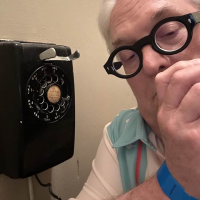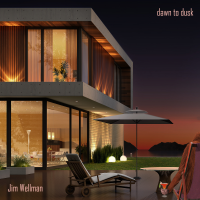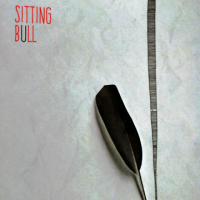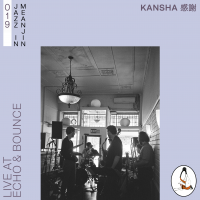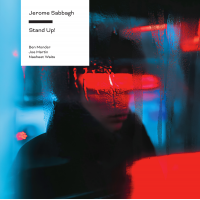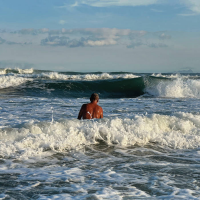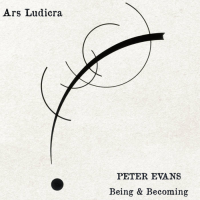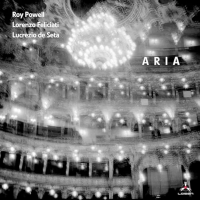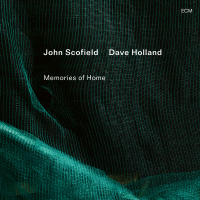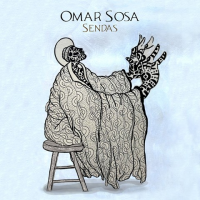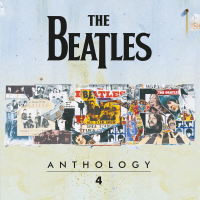Home » Jazz Articles » Bailey's Bundles » Stan Getz: Spring 1976
Stan Getz: Spring 1976
 Stan Getz & Joao Gilberto
Stan Getz & Joao GilbertoGetz/Gilberto '76
Resonance
2016
In the 1960s, Stan Getz recorded five albums drawing on the music of Brazil, deftly named Bossa Nova. These recordings included: Jazz Samba (Verve, 1962), Big Band Bossa Nova (Verve, 1962), Jazz Samba Encore! (Verve, 1963), Getz/Gilberto (Verve, 1964), and Stan Getz with Guest Artist Laurindo Almeida (Verve, 1966). Getz/Gilberto won six Grammy Awards, including Album of the Year. Getz/Gilberto #2 (Verve 1966) followed, but fell short of the chronology of releases. To be sure, Getz got more mileage out of what author James Gavin called, "the billowy, ice-blue satin of Getz's tenor [that was] bossa itself." But it was not to last forever. The Getz-Gilberto phenomenon would only be shooting stars between 1964 and the dawn of the '80s.
In May 1975, Getz and Gilberto recorded The Best of Two Worlds (Columbia) and a year later, appeared at San Francisco's famous Keystone Korner, a performance captured on the present Getz/Gilberto '76. Gilberto was an intensely shy man who did not like performing. Coaxed by Getz to perform, Gilberto spun through 13 selections of magic with Getz occasionally offering a solo chorus. Gilberto's voice is the star: vibratoless and almost a whisper and a minimalist guitar style, Gilberto took a genre gestating in the '50s into full bloom a decade later. Gilberto was first and foremost a stylist. He championed the music of Alcivanando Luz and Carlos Coqueijo Costa ("E Preiso Perdoar") and Antonio Carlos Jobim ("Aguas de Marco," "Cega De Saudade"). This is humid and mesmerizing music, all brought together in this quiet lightning strike, graced one spring week in 1976.
 Stan Getz
Stan GetzMoments in Time
Resonance Records
2016
In the shadow of the Getz/Gilberto '76 are Getz' performances the same week, without Gilberto. However, these performances cast a shadow of their own. Getz turns in a characteristically muscular performance that should help any Getz newcomers to know what the fuss was all about. The disc begins with a lengthy reading of the Warren/Dubin "Summer Night." Getz sounds as the logical evolutionary artifact of Lester Young. Getz adds a fire to that smooth vibratoless sound, making it pop like a firecracker. Gets is joined by pianist JoAnne Brackeen, bassist Clint Houston and drummer Billy Hart who all also accompanied Joao Gilberto on Getz/Gilberto '76. On both recordings, the rhythm section is well captured to the credit of Fran Gala, who restored the sound and mastered the recordings.
Getz's repertoire effortlessly spans bebop, modal, cool and post-bop jazz, all of which he fully mastered. Getz demonstrates this mastery on the triptych of Horace Silver's "Peace," Dizzy Gillespie's "Con Alma" (a 12-minute tour-de-force), and a shimmering statement on Ellington's "Prelude to a Kiss." His tone may be how I would define the tenor saxophone sound. In any event, Resonance Records has again provided the jazz community valuable additions to the available discographies of prominent jazz artists. These are two exceptional finds.
Tags
Stan Getz
Bailey's Bundles
C. Michael Bailey
conqueroo
United States
California
san francisco
John Coltrane
Lester Young
Joanne Brackeen
Clint Houston
Billy Hart
Horace Silver
Dizzy Gillespie
PREVIOUS / NEXT
Support All About Jazz
 All About Jazz has been a pillar of jazz since 1995, championing it as an art form and, more importantly, supporting the musicians who make it. Our enduring commitment has made "AAJ" one of the most culturally important websites of its kind, read by hundreds of thousands of fans, musicians and industry figures every month.
All About Jazz has been a pillar of jazz since 1995, championing it as an art form and, more importantly, supporting the musicians who make it. Our enduring commitment has made "AAJ" one of the most culturally important websites of its kind, read by hundreds of thousands of fans, musicians and industry figures every month.

